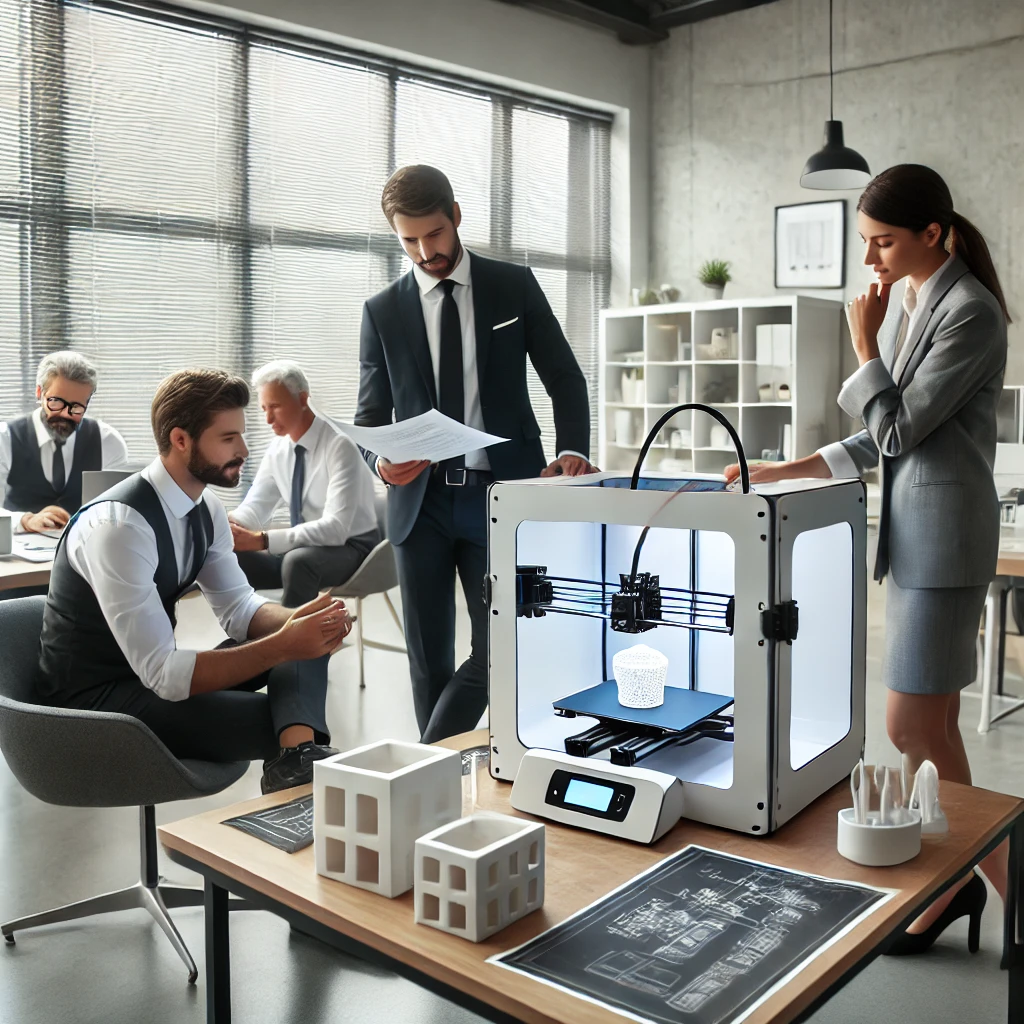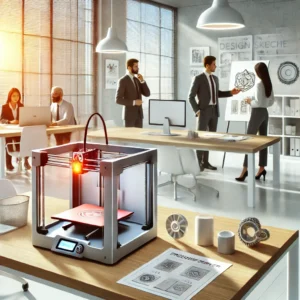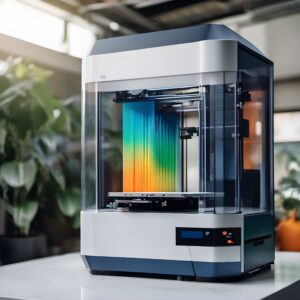How Can 3D Printing Benefit My Business?

3D printing is revolutionizing the business landscape, offering numerous advantages to companies of all sizes. Whether you’re a startup or an established organization, integrating this innovative technology can provide a significant competitive edge. From rapid prototyping to cost savings, here’s how 3D printing can benefit your business.

1. Accelerated Product Development
One of the most significant benefits of 3D printing is the ability to rapidly prototype designs. Traditional methods of creating prototypes can be time-consuming and expensive. With 3D printing, you can produce multiple iterations of a product in a fraction of the time, allowing you to refine your designs more quickly.
By speeding up the product development cycle, you can bring products to market faster, meeting customer demands and staying ahead of competitors.
2. Cost Efficiency
3D printing eliminates the need for expensive molds and specialized machinery. Once a 3D model is created, you can print it directly, cutting down on costs associated with traditional manufacturing methods. This is particularly beneficial for low-volume production runs or custom parts, where the cost of tooling and setup can be prohibitively high.
Additionally, businesses can avoid the costs of excess inventory by printing on demand, further reducing storage expenses and material waste.
3. Customization and Personalization
Every business strives to meet customer expectations, and 3D printing makes it easier to offer tailored products. This technology allows businesses to produce custom parts or products at no additional cost, offering a new level of personalization that wasn’t feasible before.
For industries like healthcare, fashion, and consumer goods, 3D printing opens up opportunities for bespoke solutions, from personalized medical implants to custom-fit footwear.
4. Innovation and Creativity
By embracing 3D printing, businesses can explore more innovative product designs that were previously impossible or too expensive to manufacture using traditional methods. The flexibility of 3D printing encourages creativity and allows companies to experiment with complex geometries, materials, and structures.
The ability to quickly produce and test new ideas fosters a culture of innovation, which can help businesses differentiate themselves in the market.
5. Sustainability
3D printing can also support sustainability efforts by reducing material waste and enabling more efficient production processes. Traditional manufacturing often results in a significant amount of material waste, but 3D printing uses only the material necessary to create the object, minimizing waste.
Visit our other website: aibrainpowered.com



